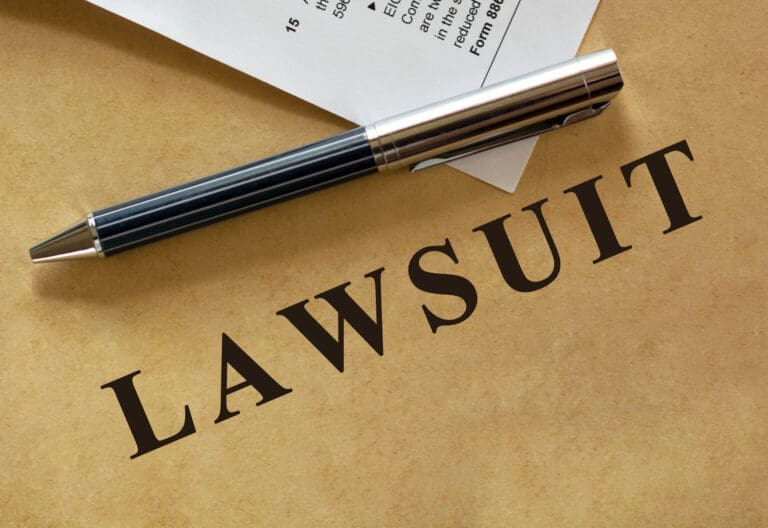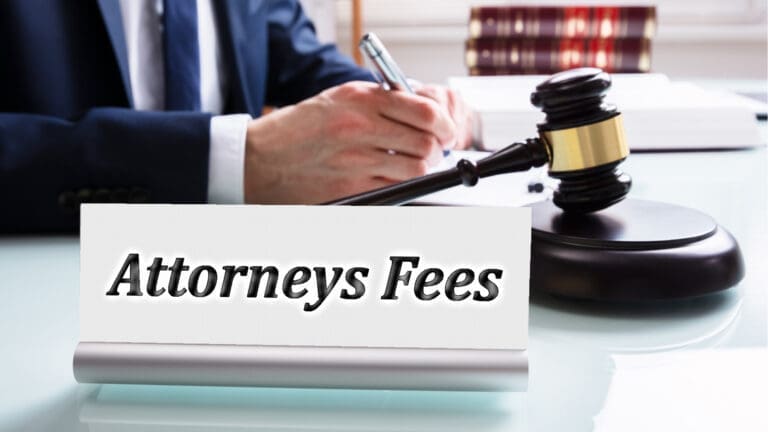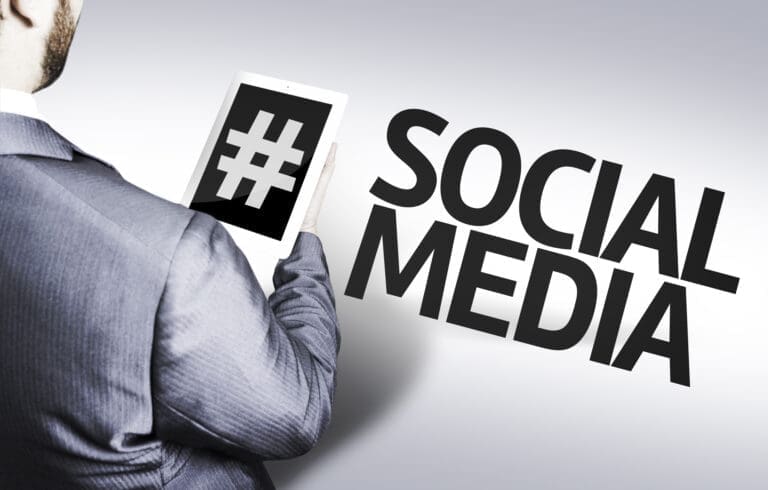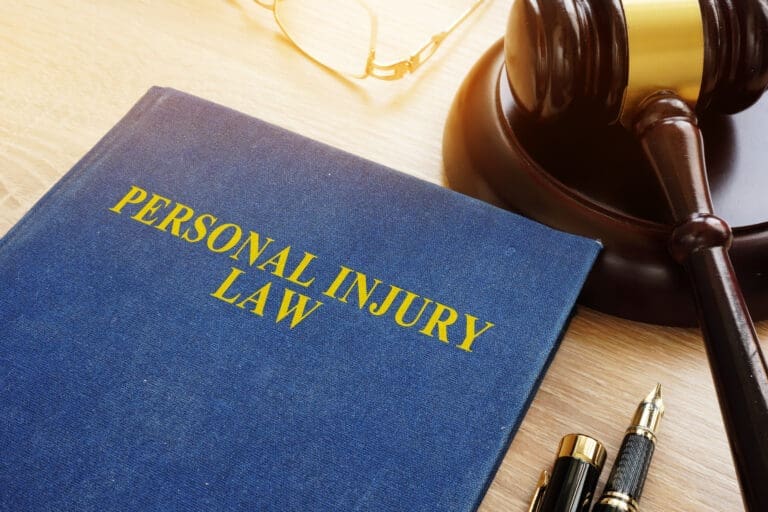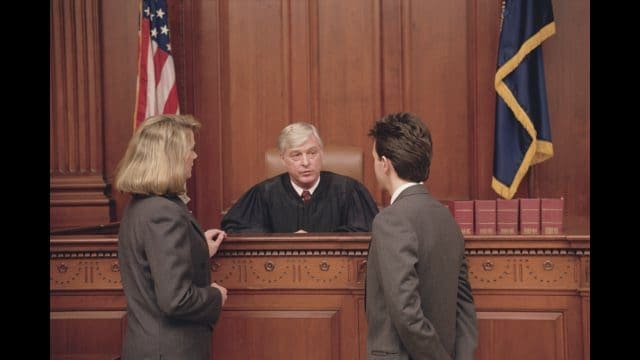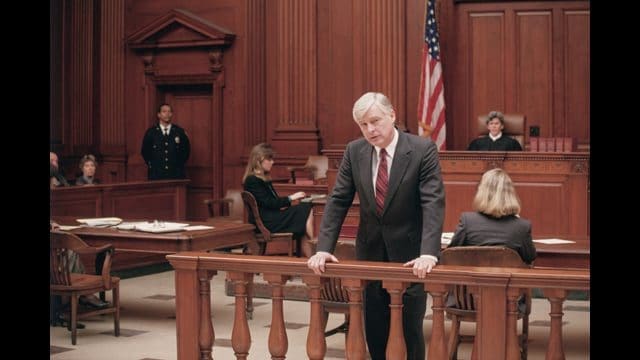Freedom of speech is a cornerstone of democratic societies, serving as a fundamental right that allows individuals to express their thoughts, opinions, and beliefs without fear of censorship or punishment. This essential liberty is enshrined in the First Amendment of the United States Constitution, which guarantees that “Congress shall make no law… abridging the freedom of speech.” In this article, we will explore the legal foundations of freedom of speech, its importance in a democratic society, and the various protections and limitations associated with this right.
The Legal Foundations of Freedom of Speech
En First Amendment to the United States Constitution is the primary legal basis for freedom of speech in the U.S. This amendment, part of the Bill of Rights, was ratified in 1791 and provides robust protections for various forms of expression. The framers of the Constitution recognized the importance of free speech as a means of promoting democratic governance, facilitating public discourse, and protecting individual autonomy.
Freedom of speech encompasses a wide range of expressive activities, including spoken words, written communications, symbolic speech (such as protests and demonstrations), and even certain forms of artistic expression. The U.S. Supreme Court has played a critical role in interpreting the scope and limits of this right, issuing landmark decisions that have shaped our understanding of what constitutes protected speech.
Por ejemplo, en el caso histórico de Brandenburg v. Ohio (1969), the Supreme Court established the “imminent lawless action” test, which protects speech advocating illegal activities unless it is likely to incite immediate unlawful conduct. This decision underscored the principle that freedom of speech must be preserved even when the speech in question is controversial or unpopular.
Importance of Freedom of Speech in a Democratic Society
Freedom of speech is vital for the functioning of a democratic society. It enables individuals to participate in public debate, hold government officials accountable, and advocate for social and political change. By protecting diverse viewpoints, free speech fosters a marketplace of ideas where truth and justice can emerge through open discussion and deliberation.
One of the key benefits of freedom of speech is that it allows for the exposure of falsehoods and misinformation. When individuals are free to challenge and criticize prevailing opinions, society is better equipped to identify and correct errors. This process is essential for the advancement of knowledge and the promotion of an informed citizenry.
Moreover, freedom of speech is crucial for protecting minority viewpoints and preventing the tyranny of the majority. In a democratic society, it is essential that all voices, including those of marginalized and dissenting groups, have the opportunity to be heard. This inclusivity helps to ensure that public policies reflect a broad spectrum of perspectives and interests.
Legal Protections for Freedom of Speech
While the First Amendment provides strong protections for freedom of speech, there are certain limitations and exceptions to this right. The U.S. Supreme Court has identified specific categories of speech that are not protected under the First Amendment, including:
1. Obscenity
Obscene material is not protected by the First Amendment. The Supreme Court has established a three-part test for determining whether speech is obscene, known as the Miller test (from Miller v. California, 1973). This test considers whether the average person, applying contemporary community standards, would find the work as a whole appealing to prurient interests; whether the work depicts sexual conduct in a patently offensive way; and whether the work lacks serious literary, artistic, political, or scientific value.
2. Defamation
Defamation, which includes both libel (written statements) and slander (spoken statements), involves making false statements about a person that damage their reputation. To be considered defamation, the statements must be false, communicated to others, and cause harm to the individual’s reputation. Public figures face a higher burden of proof in defamation cases, as they must demonstrate that the false statements were made with actual malice (knowledge of their falsity or reckless disregard for the truth).
3. Incitement to Imminent Lawless Action
As established in Brandenburg v. Ohio, speech that incites imminent lawless action is not protected by the First Amendment. This limitation is designed to prevent speech that poses a clear and present danger of causing immediate illegal activities.
4. True Threats
True threats, or statements that are meant to convey a serious intent to commit an act of unlawful violence against a specific individual or group, are not protected by the First Amendment. The Supreme Court has emphasized that the key consideration is whether the speaker intended to communicate a threat, not whether the recipient felt threatened.
Freedom of Speech in the Digital Age
The advent of the internet and social media has transformed the landscape of freedom of speech, presenting new opportunities and challenges for protecting this fundamental right. On one hand, digital platforms have democratized communication, allowing individuals to reach large audiences and engage in global discourse. On the other hand, the rise of online speech has raised complex questions about the regulation of harmful content, misinformation, and hate speech.
1. Social Media Platforms and Free Speech
Social media platforms, such as Facebook, Twitter, and YouTube, play a significant role in shaping public discourse. These platforms have policies and community guidelines that govern the types of content that can be posted and shared. While private companies are not bound by the First Amendment, their policies on content moderation can impact users’ ability to express themselves freely.
The debate over content moderation on social media centers on finding the balance between protecting free speech and preventing harm. Critics argue that overly restrictive policies can stifle legitimate expression, while proponents of moderation emphasize the need to combat online harassment, hate speech, and misinformation. This ongoing debate highlights the complexities of regulating speech in the digital age.
2. The Role of Government Regulation
Government regulation of online speech presents additional challenges. The First Amendment limits the government’s ability to regulate speech, but certain types of harmful content, such as child pornography and incitement to violence, are not protected. Laws like the Communications Decency Act’s Section 230 provide immunity to online platforms for user-generated content, allowing them to moderate content without fear of legal liability.
However, there are calls for reforming Section 230 to hold platforms more accountable for harmful content. Policymakers must navigate the delicate balance between protecting free speech and addressing the real-world impacts of online content. This issue is particularly relevant in the context of misinformation and disinformation, which can influence public opinion and undermine democratic processes.
Freedom of Speech in Educational Institutions
Educational institutions, including public schools and universities, are unique environments where freedom of speech must be carefully balanced with other educational objectives and the need to maintain a safe and inclusive environment. The Supreme Court has addressed several key cases related to free speech in educational settings, establishing important precedents.
1. Tinker v. Des Moines Independent Community School District (1969)
En Tinker v. Des Moines, the Supreme Court ruled that students do not “shed their constitutional rights to freedom of speech or expression at the schoolhouse gate.” The case involved students who wore black armbands to protest the Vietnam War, and the Court held that their symbolic speech was protected under the First Amendment as long as it did not cause substantial disruption to the educational environment.
This landmark decision established the principle that students have free speech rights in public schools, but these rights can be limited if the speech materially and substantially disrupts the functioning of the school. The Tinker standard continues to be a key reference point in cases involving student speech.
2. Bethel School District v. Fraser (1986)
En Bethel v. Fraser, the Supreme Court upheld the suspension of a high school student who gave a speech containing lewd and indecent language at a school assembly. The Court ruled that schools have the authority to prohibit speech that is inconsistent with the fundamental values of public education, including the promotion of civility and respect.
This case highlighted the balance between protecting student speech and maintaining an appropriate educational environment. It underscored that schools can impose restrictions on speech that undermines educational objectives or disrupts the learning atmosphere.
3. Hazelwood School District v. Kuhlmeier (1988)
En Hazelwood v. Kuhlmeier, the Supreme Court ruled that public school officials have the authority to regulate the content of school-sponsored publications, such as newspapers, if the regulation is reasonably related to legitimate pedagogical concerns. The case involved the removal of articles from a student newspaper that addressed sensitive topics, and the Court held that schools can exercise editorial control over such publications.
This decision emphasized that while students have free speech rights, these rights are not absolute within the context of school-sponsored activities. Schools have a responsibility to ensure that educational materials are appropriate and conducive to the learning environment.
Freedom of Speech and the Media
The media plays a crucial role in exercising and protecting freedom of speech by providing a platform for public discourse and holding those in power accountable. The First Amendment protections for freedom of the press are closely intertwined with the broader right to free speech, ensuring that journalists can investigate and report on matters of public interest without fear of censorship or retribution.
1. New York Times Co. v. United States (1971)
The landmark case of New York Times Co. v. United States, also known as the Pentagon Papers case, reaffirmed the strong protections for freedom of the press. The Supreme Court ruled that the government could not prevent the publication of classified documents related to the Vietnam War, as it had not met the heavy burden of proof required to justify prior restraint (preventing publication).
This decision underscored the principle that the government must demonstrate a compelling interest to justify any restriction on the press, and that the free flow of information is essential for a functioning democracy. It highlighted the media’s role in providing transparency and holding government actions to public scrutiny.
2. Shield Laws and Reporter’s Privilege
Shield laws and reporter’s privilege are legal protections that allow journalists to refuse to disclose confidential sources or information obtained during newsgathering. These protections are vital for ensuring that journalists can investigate sensitive issues and protect their sources from retaliation.
While shield laws vary by state, the federal government does not have a comprehensive shield law. The Supreme Court has recognized a qualified privilege for journalists, balancing the need for confidentiality with the interests of justice. Ensuring robust protections for journalists is crucial for maintaining a free and independent press.
Contemporary Issues in Freedom of Speech
The ongoing evolution of freedom of speech continues to present new challenges and opportunities. Several contemporary issues are shaping the discourse around free speech and its legal protections.
1. Hate Speech
Hate speech, defined as speech that incites violence or prejudicial action against individuals or groups based on attributes such as race, religion, ethnicity, or sexual orientation, remains a contentious issue. While the First Amendment protects most forms of speech, including offensive and hateful speech, there are debates over whether and how hate speech should be regulated.
Proponents of regulating hate speech argue that it can lead to real-world harm and contribute to a hostile environment for targeted groups. Opponents contend that any regulation of speech, no matter how well-intentioned, can lead to slippery slopes and undermine the fundamental principles of free expression. Striking a balance between protecting individuals from harm and preserving robust free speech rights is an ongoing challenge for policymakers and courts.
2. Misinformation and Disinformation
The proliferation of misinformation and disinformation, particularly on digital platforms, poses significant challenges for freedom of speech. False information can have serious consequences, from undermining public health efforts to influencing elections and sowing social discord.
Addressing the spread of misinformation requires a multi-faceted approach, including media literacy education, fact-checking initiatives, and responsible platform policies. However, any efforts to combat misinformation must carefully navigate the line between removing harmful content and preserving free expression. Ensuring transparency and accountability in content moderation practices is essential for maintaining public trust.
3. Campus Speech and Academic Freedom
The debate over freedom of speech on college campuses highlights the tension between protecting free expression and maintaining an inclusive and respectful environment. Incidents involving controversial speakers, protests, and the establishment of “safe spaces” have sparked national conversations about the role of free speech in academic settings.
Academic freedom is a critical component of freedom of speech in educational institutions, allowing scholars to pursue research and express ideas without fear of censorship or reprisal. At the same time, universities must balance this freedom with their responsibility to create a welcoming and inclusive environment for all students. Developing policies that uphold both free speech and diversity is an ongoing challenge for higher education institutions.
Conclusión
Freedom of speech is a fundamental right that underpins democratic governance and the free exchange of ideas. By understanding its legal foundations, the protections it offers, and the challenges it faces, we can better appreciate its significance and work towards preserving this essential liberty. Whether in the context of social media, educational institutions, or the media, freedom of speech plays a vital role in promoting justice, accountability, and an informed citizenry. As we navigate the complexities of the digital age and evolving social dynamics, it is crucial to uphold the principles of free expression while addressing the legitimate concerns associated with harmful speech. By fostering a balanced and inclusive approach, we can ensure that freedom of speech continues to thrive as a pillar of our democratic society.


